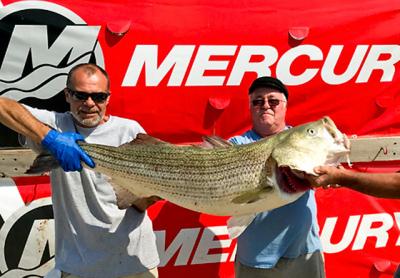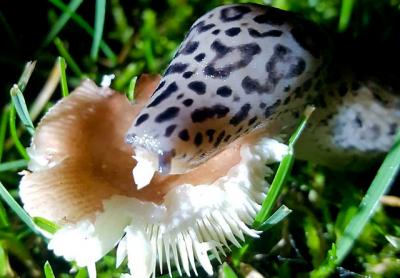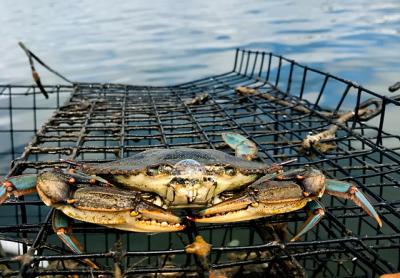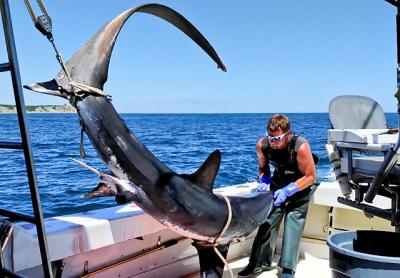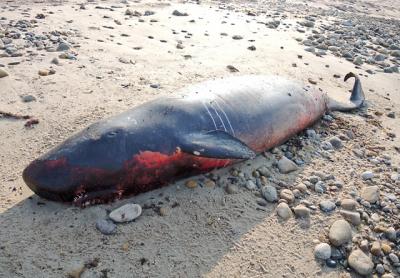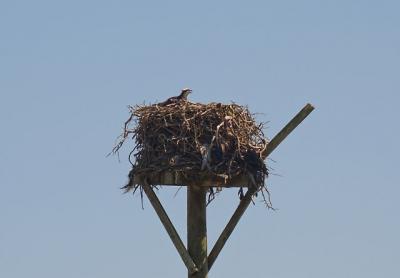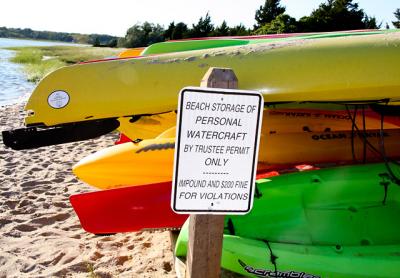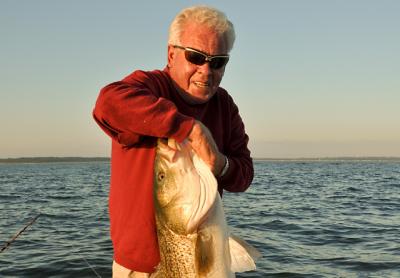‘If Found’ Stickers Help
‘If Found’ Stickers Help
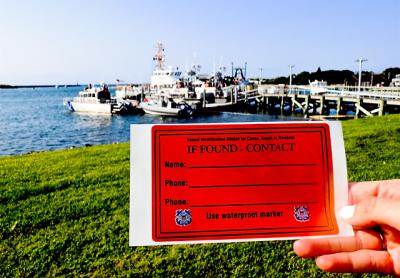
Summer is not over yet. In fact, the next few weeks may be among the best of the year for getting out on the water in small paddle craft like canoes, kayaks, and stand-up paddleboards. But storms and high winds can quickly turn a fun excursion into a dangerous situation, separating paddlers from their craft.
When the United States Coast Guard receives a call of an abandoned vessel on the water, it must dispatch a team to begin a search and rescue operation to ensure that the paddler hasn’t been separated from the vessel in an accident. If someone is in trouble it is the Coast Guard’s responsibility to find and rescue them; but sometimes, that abandoned vessel has simply been carried offshore by winds or high tides and the Coast Guard will have spent time and resources on an operation that is unnecessary.
To solve this problem in the Northeast, the Coast Guard has introduced an optional “If Found” sticker program for small paddle craft. Waterproof stickers affixed to the craft include the owners’ names and phone numbers, giving the Coast Guard an easy way to figure out if an abandoned vessel was occupied at the time it was lost. If the owner of the paddle craft answers, and confirms that no one was on it, the Coast Guard can make arrangements to return it to its owner. If no one responds, or if someone picks up and confirms that an individual was aboard the vessel, a search and rescue operation will continue.
The Montauk Coast Guard Station has already handed out thousands of “If Found” stickers, which are available at the station on Star Island and from kayak and paddleboard dealers.
The stickers not only help to keep individuals separated from vessels safe, but they are also are a way for the public to help the Coast Guard. “The ‘If Found’ stickers are not required by law, but they do help out a lot,” said Senior Chief Petty Officer Eric Best.
There are also other recommended safety precautions when operating a paddle craft. A lifejacket and a whistle are required at all times for those paddling outside of a designated swimming area. “We are focusing on lifejackets because they keep people safe, and whistles because they can be used to efficiently get the attention of people onshore or of other vessels if an individual is in distress,” Officer Best said.
The Coast Guard also recommends using a float plan form, which can be filled out with trip details and emailed to a friend or family member, who can check in and make sure you are back by your planned time.

